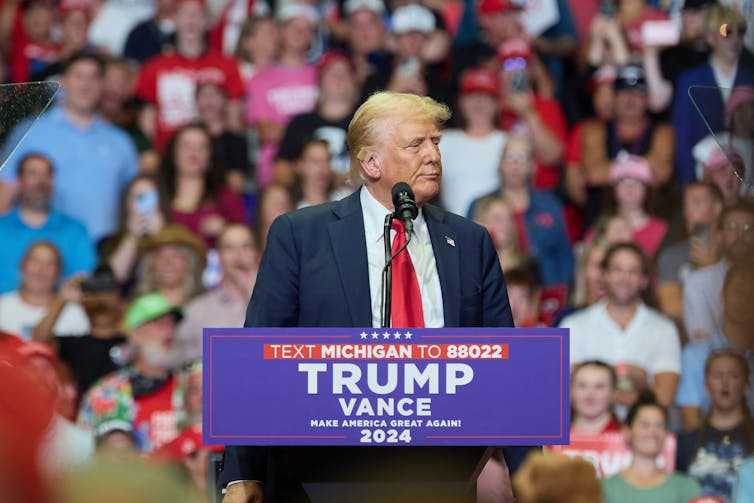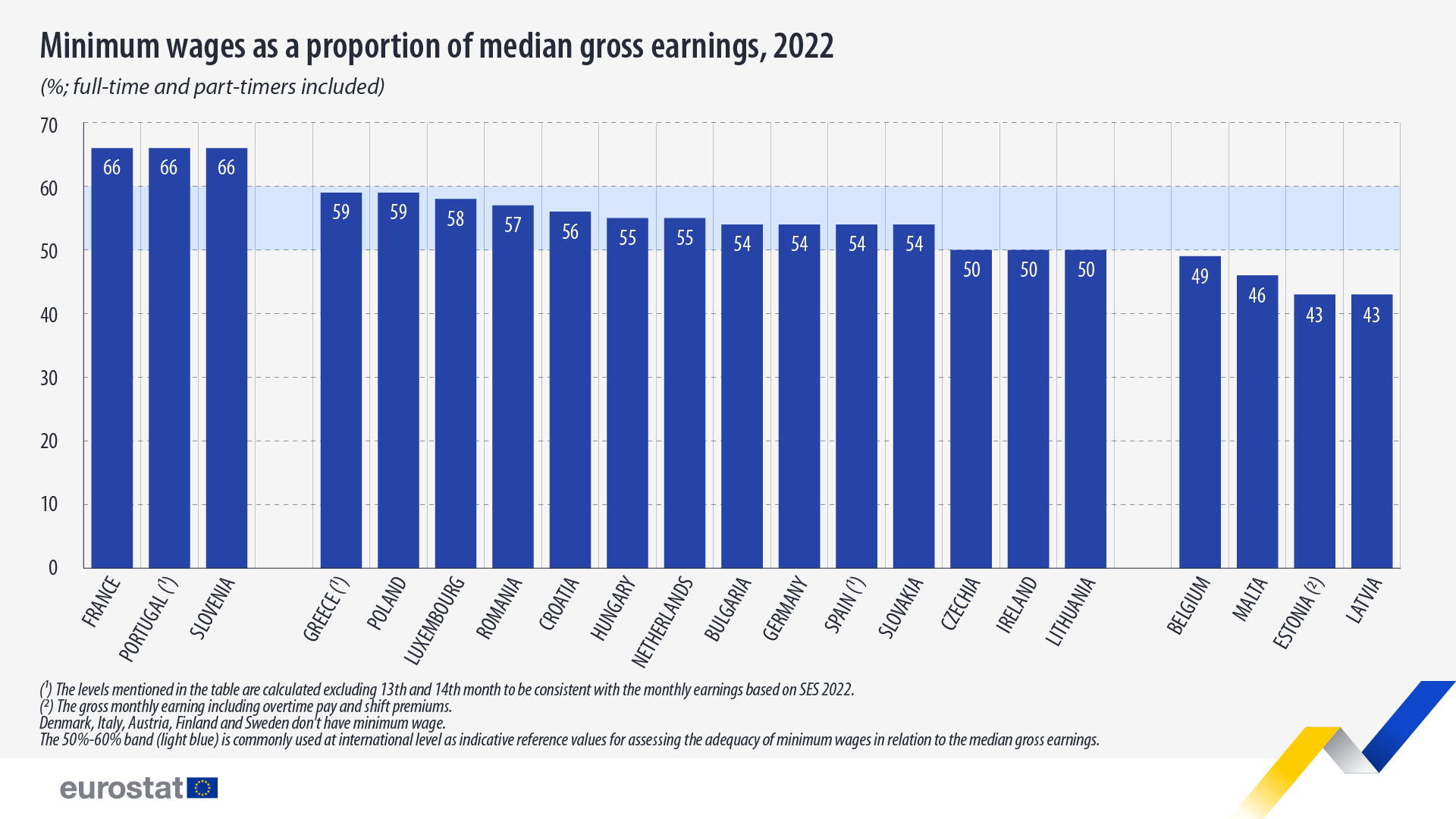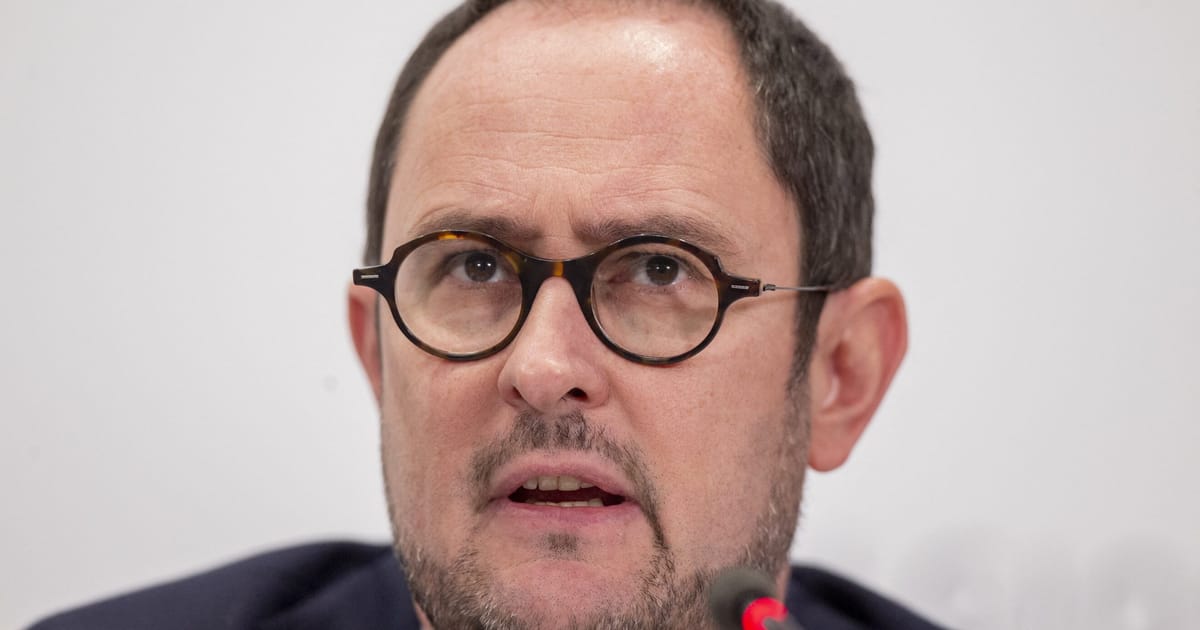It costs a lot of money to become president of the United States. The 2020 presidential election cycle involved campaign expenditure of US$14 billion (£11 billion) – an amount that will almost certainly be beaten in November 2024.
By Sunday June 2, and after a buoyant Republican National Convention at which he was endorsed as the party’s candidate for the November election, data recorded by the US Federal Election Commission (FEC) had challenger Donald Trump leading incumbent president Joe Biden in the fundraising stakes by US$757 million to US$746 million. This reflected a surge in the second quarter of the year in which Trump had outdone Biden by nearly US$100 million.
But then, after weeks of speculation following a lacklustre debate performance in June and a series of gaffe-laden public appearances, Biden announced he would not seek re-election. Instead he endorsed his vice-president, Kamala Harris.
By that evening it was reported that Harris had already raised more than US$46 million. The following day, The New York Times reported that Harris had raised US$81 million in the first 24 hours since announcing her presidential bid.
The sudden change of presidential nominee has required fundraising groups that previously supported the Biden-Harris ticket to pivot to Harris, a process which isn’t as simple as it sounds. For example, the Haley Voters for Biden Political Action Committee (PAC) has had to rebrand to Haley Voters for Harris.
PACs must be registered with the Federal Election Commission (FEC) in order to spend on behalf of their candidate – hence the rush, in case the money raised in Biden’s original name is not allowed to be used to support Harris’s candidacy.
Complex system
The complex US political funding and financing system can often be very confusing. Federal laws aim to set limits on funding both for presidential campaigns and for politicians running for Congress. But the reality is very different, and as a result, money flows from multiple directions.
While an individual can only directly donate a maximum of $US3,300 to a federal candidate, numerous other avenues to donate exist, and an individual could ultimately spend as much as $123,500 on a candidate per two-year election cycle. But this amount is just the formal spending limit.
US electoral law attempts to formalise the amount of money a presidential candidate can receive and spend. But almost every attempt at legislating to control funding is subsequently found to contain a loophole.
Even within this patchy legal environment, anyone wanting to lobby or otherwise influence a presidential candidate had a range of other ways of getting money to them, principally through the use of tax-exempt PACs.
PACS and Super PACs
PACs have existed since 1943. A PAC is set up by a business, labour union or pressure groups in order to fund a candidate. They can’t take money directly from businesses or unions, but they can accept donations from individuals, up to US$5,000 per year. They are allowed to give US$5,000 to individual politicians and US$15,000 a year to political parties. They can also spend an unlimited amount on political advertising, as long as it is not directly linked to a candidate. There is a limit to how many “Vote Harris” ads it can buy, but none on “Vote for fair abortion laws”, for example.
EPA-EFE/Allison Dinner
Super PACs were created by a Supreme Court judgment in 2010: Citizens United v FEC (2010). The case involved a conservative nonprofit group called Citizens United which had made a film, Hillary the Movie, critical of presidential candidate Hillary Clinton. The FEC ruled that it amounted to unlawful electioneering content and prevented it being shown on cable before the 2008 primaries.
The case ended up before the Supreme Court, which ruled that this was in conflict with the First Amendment right to free speech. The effective result of this judgment allowed Super PACS to raise and spend unlimited funds, provided they do not contribute directly towards a candidate’s campaign – they often get around this by spending the money on advertising, for example.
These are effective money-earning organisations: the pro-Biden Future Forward USA raised US$150 million ahead of the 2020 election.
Such astronomical sums often lend themselves to suggestions of lobbying, or undue influence by large donors over candidates. Lobbying is regulated by the Lobbying Disclosure Act 1995. This requires lobbyists to register with Congress. It also specifies how money can be spent.
The Honest Leadership and Open Government Act 2007 strengthened the 1995 Act by tightening rules on public disclosure. But it hasn’t stopped wealthy lobbying groups (or individuals) from simply donating through other avenues, such as Super PACs, as the act specifies only those directly lobbying members of the executive or legislature must register.
This can be seen in the donations made by, for example, the Koch family: their Americans for Prosperity Action group spent nearly US$500 million in the 2020 election cycle alone on Republican candidates and causes.
This can make it difficult for smaller candidates to break through. But yet progress is being made. Bernie Sanders raised nearly US$180 million in his 2020 presidential bid through online crowdfunding, from voters who tended to be younger, more working class, or otherwise felt disenfranchised.
These tactics were adapted and advanced by more mainstream candidates. In his 2020 campaign, Biden raised US$656.8 million in contributions US$200 or under, and Trump US$483.9 million. Trump has also become adept at selling merchandise in order to fill his campaign coffers, such as raising over US$7 million through selling t-shirts featuring his Fulton County Jail mugshot, suggesting campaigns are constantly finding new ways to raise cash.
Spending will undoubtedly ratchet up as November moves closer, and candidates find themselves with multiple avenues to attract funding. In the end, US$14 billion may ultimately be a drop in the ocean, given the stakes and importance of this election. Both Trump and Harris will find themselves in need of every cent they can attract, direct or indirect.




